The Art of Driving
Highlights of an exceptional collection of cars at the Walter P. Chrysler Museum.
By Bill Woods Photos by TheBruntBros.
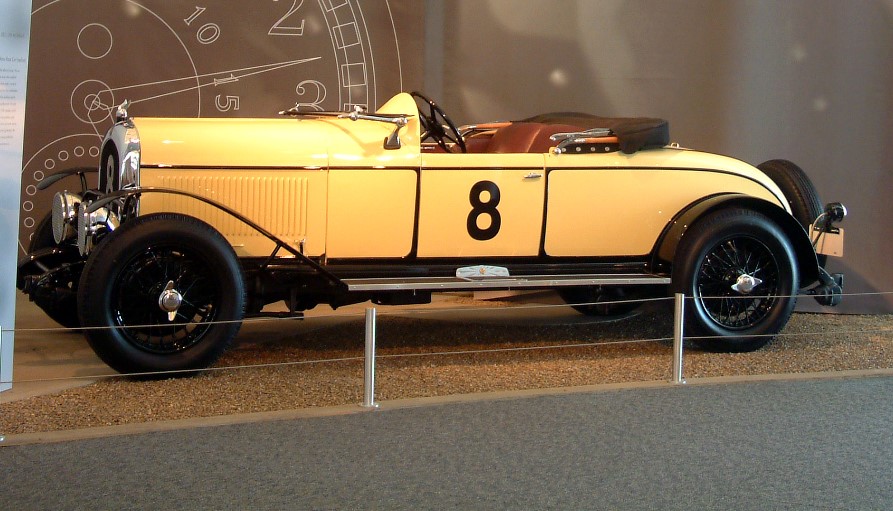

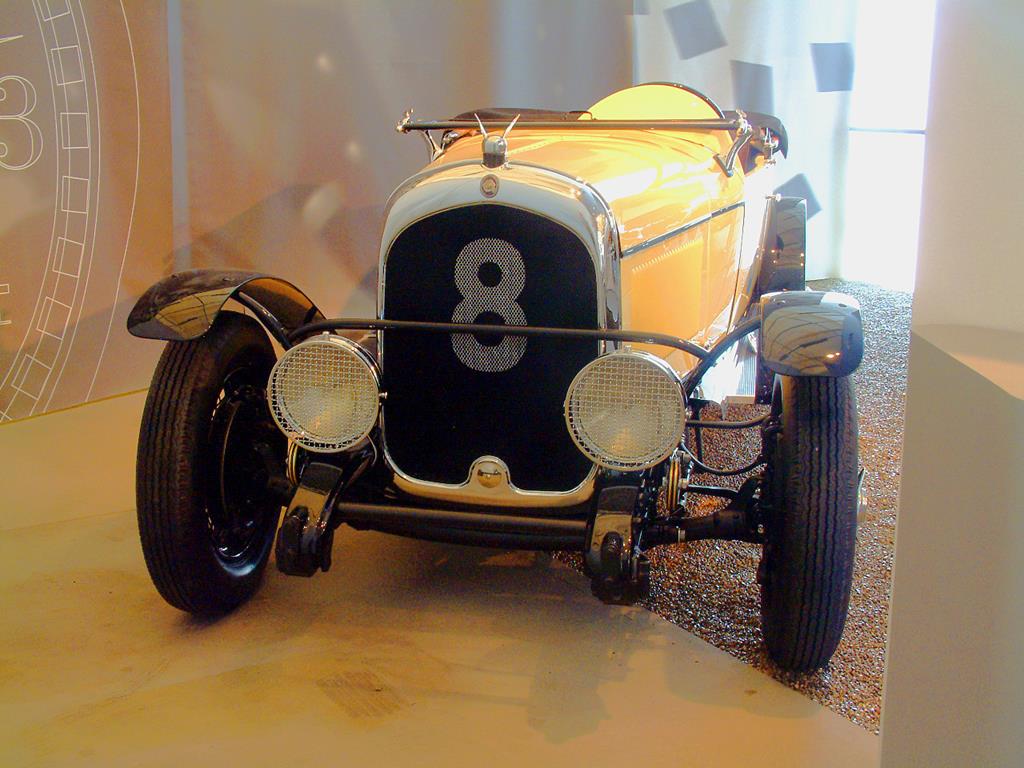
The auto industry adage about the sales effect of racing “Win on Sunday, sell on Monday” was decades away when modified Chryslers like this 1928 Model 72 Roadster made a name for the brand in Europe. From motoring’s earliest days, automakers entered vehicles in performance events for publicity and to establish a reputation for reliability and performance. Chrysler Corporation had no role in racing these 1928 roadsters, which were entered in France’s famous 24 hours long LeMans road race by European distributors and finished third and fourth overall. While they never seriously challenged the winning Bentleys, the Chryslers’ finish was a triumph given their volume production and moderate price. In England they became known as “the poor man’s Bentley.” This car was powered by a 100 hp inline 6 and carried a base price of $1,495.
The musclecars are packed nose-to tail
in “Boss Chrysler’s Garage.”
The garage is located in the
basement of the Walter P. Chrysler
Museum, in Auburn Hills, MI. This day,
however, we elected not to inspect the
Chargers, ‘Cudas, Road Runners and
Dusters. Instead, we turned our attention to
the main and upper floors where, on display
was billed the “first-ever collection of
Chrysler classic, custom and concept
vehicles.” The exhibit, dubbed “Inspired
Chrysler Design: The Art of Driving”,
featured more than 25 cars spanning eight
decades. Recognized for design and
engineering excellence, the cars, on loan
from private and museum collections, ran
the gamut from a 1924 Chrysler Phaeton to
concepts that tour the current show circuit.
While we don’t have the space to
showcase the entire exhibit, we’ve selected
five cars that are interesting and that you
might not be all that familiar with. Hey, if
you’re a Mopar guy (or gal), you should have
some appreciation of your marque’s roots.

Walter P. Chrysler had this 1932 Imperial limousine custom built to surprise his wife – its color was matched to a Chinese Ming
vase in her collection. Delivered to his New York estate, it was rejected by Mrs. Chrysler, who thought the color undignified. This car has all the design cues of a classic: long, 146-inch wheelbase, chromed wire wheels and external horns, spare tires in front-fender
wells, landau top design carried over from horse-drawn carriage tradition, and long hood with eight-cylinder in-line engine set well behind the front wheels. The slanted, split windshield is an early concession to aerodynamic engineering. The $3,295 limo was powered by a 135 hp inline 8 coupled to a 4-speed manual trans.
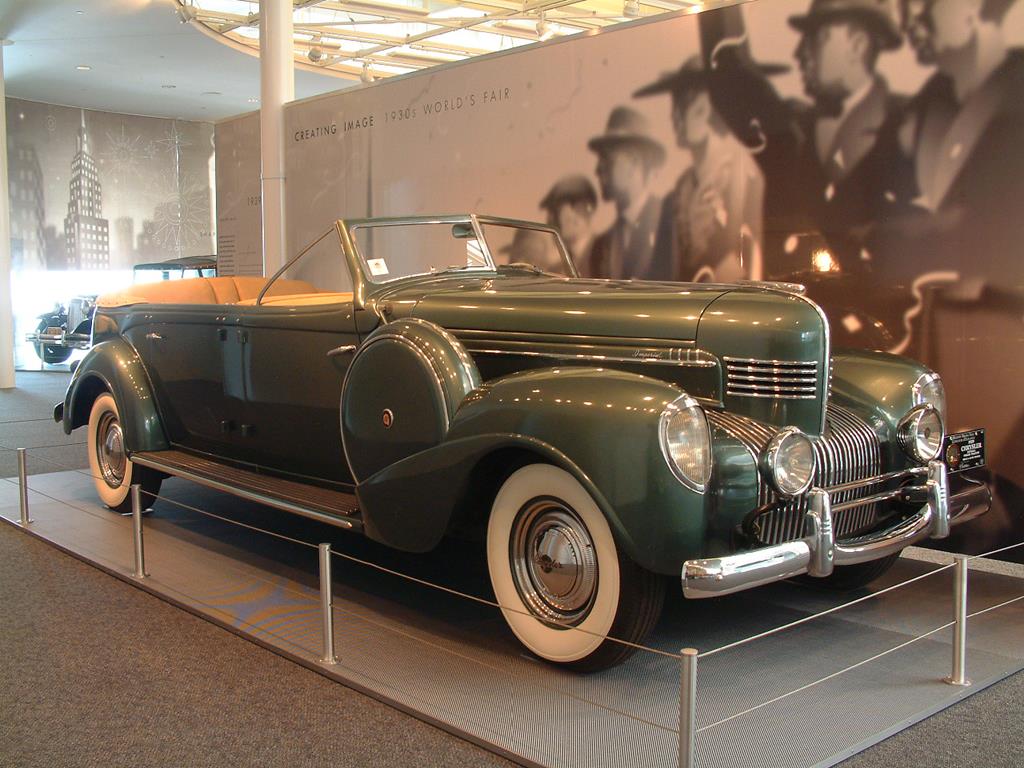
One durable promotional technique to develop brand prestige is to associate
prestigious persons with the brand’s vehicles. So, while Chrysler sold its last four-door
convertibles in the 1938 mode year, this parade Phaeton was custom- built for use at the 1939 New
York World’s Fair. Such celebrities as the King and Queen of England rode in it during their
official visit to the Fair. Later, the car became New York City’s official parade car. After World
War II, it transported General Dwight D. Eisenhower on his glorious victory parade through the
city. High-profile public exposure brought the car – and the Chrysler brand – before millions of
people over its many years of service.

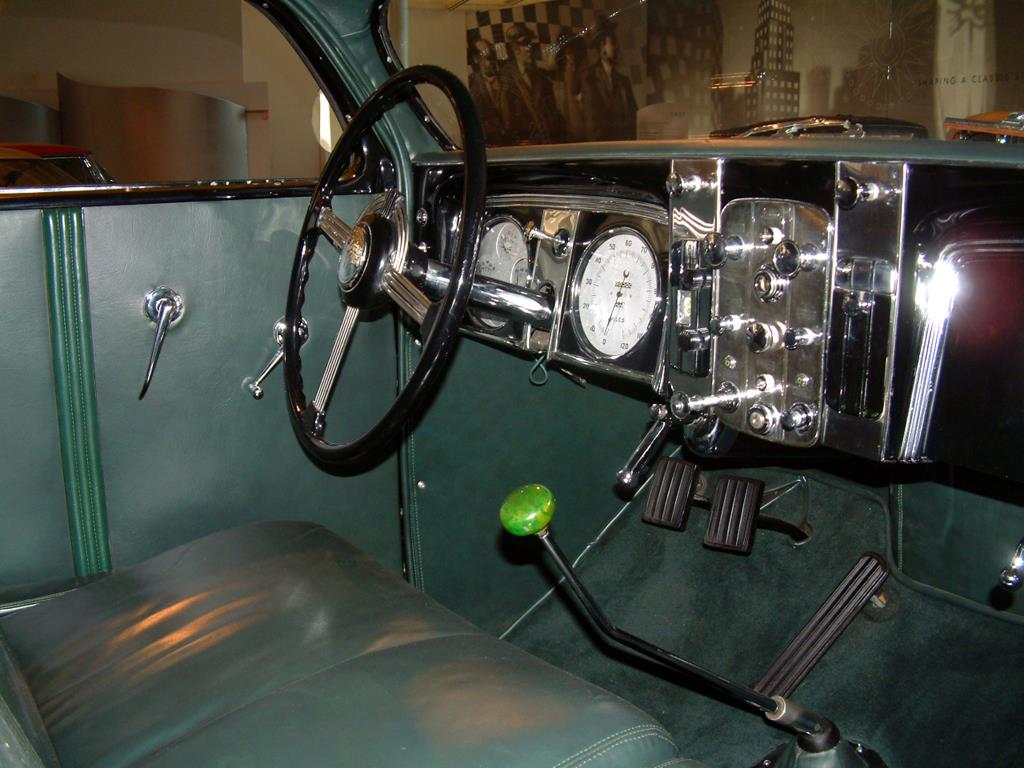

This massive 1937 Chrysler Imperial Airflow limousine was custom-built under Walter P. Chrysler’s direction for
his friend Major Bowes, host and producer of one of the decade’s most popular radio entertainment shows—
”The Original Amateur Hour.” The show, sponsored by Chrysler, ran until 1946 when Bowes died. He was succeeded
by Ted Mack who hosted the program on both radio and DuMont TV. To accommodate Bowes and his passengers, this car’s
145.5.-inch wheelbase was stretched more than 18 inches longer than the Imperial sedan. The additional length provided
space for both the conventional forward facing bench in the Imperial’s rear, plus swiveling fold down “jump” seats. Note the period
barware and luxury touches. This 7,000-lb., 240-in. long. sedan was powered by a 130 hp inline 8 and cost 25 grand.
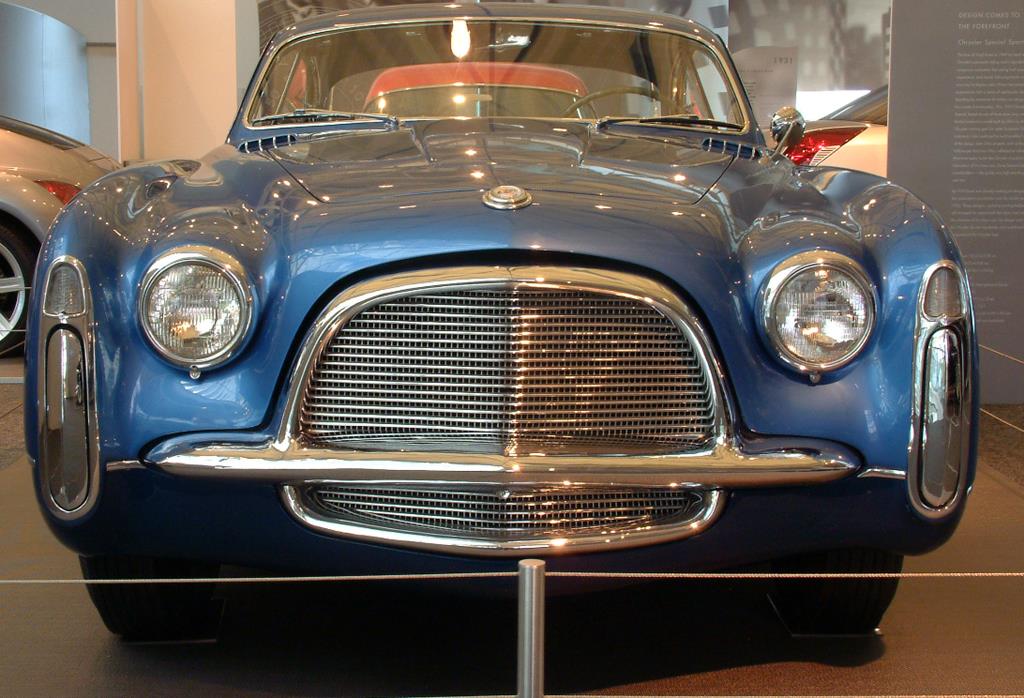

The hire of Virgil Exner in 1949 as head of Chrysler’s advanced styling studio signaled the company’s realization that styling had
assumed new importance, and merely following trends was a sure way to depress sales. Exner met company expectations with a series of spectacular show cars blending his reverence for Italian car design with his innate showmanship. This 1953 Chrysler Special, based on one of those show cars, was a limited production model built by Ghia on stock Chrysler running gear for select European
Chrysler customers. Ghia continued to build modified versions of the design. Later Ghia projects, such as the Volkswagen Karmann-Ghia, reflected the Special’s influence. As fabricators of his show cars, Exner favored Italian coachbuilders—the quality was high and the price was low.

